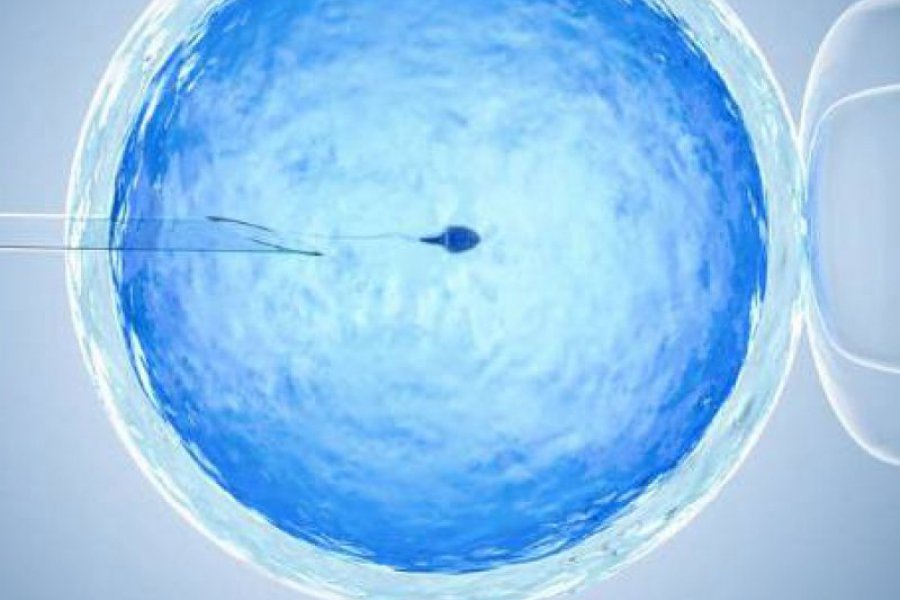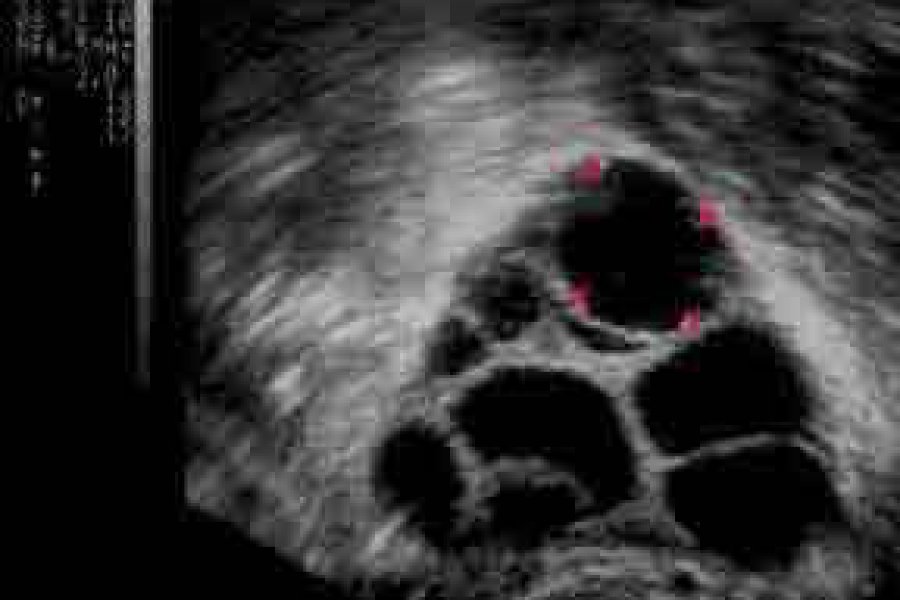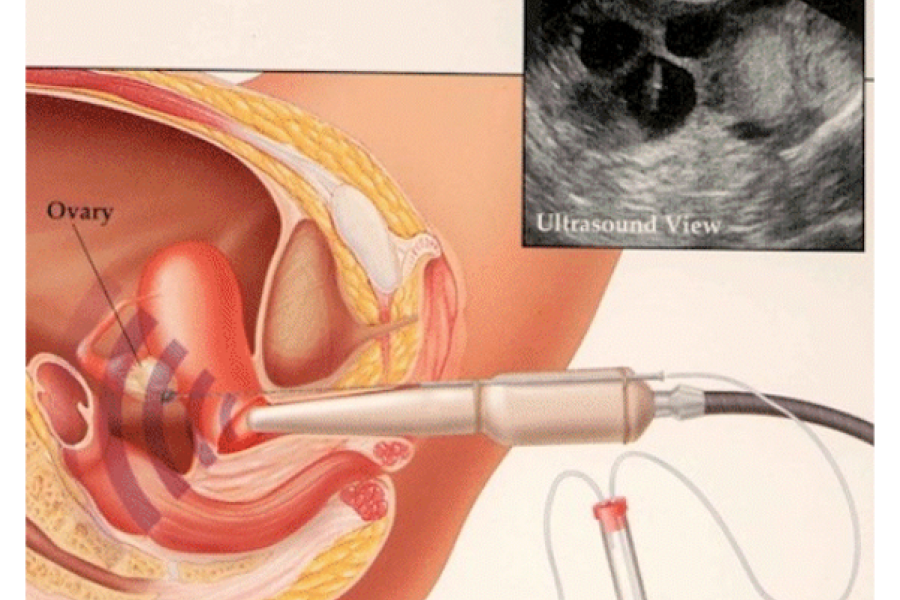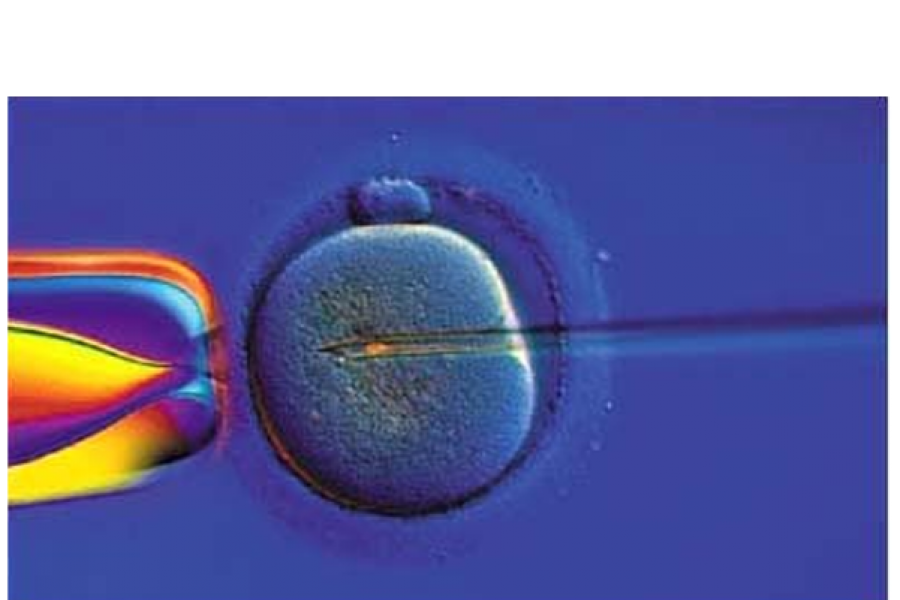ASSISTED REPRODUCTION TECHNIQUES AND MULTIPLE PREGNANCY
ASSISTED REPRODUCTION TECHNIQUES AND MULTIPLE PREGNANCY
The aim is always to create a single pregnancy in patients undergoing IVF treatment. Multiple pregnancies should be prevented by transferring the optimum number of embryos, however, the rate of multiple pregnancies in IVF applications is higher than naturally developing pregnancies.
While the probability of twin pregnancy is 1% and the rate of triplets is 1/8000 in naturally developing pregnancies, there is a 25-30% chance of having twins and 5-6% of triplets or more, depending on the number of embryos transferred in the patient group who underwent IVF. Those with a history of multiple pregnancy in their families are at higher risk for multiple pregnancy when assisted reproductive techniques are applied.
In order to protect patients from the risks of multiple pregnancy, some restrictions have been placed on the number of embryos transferred in the regulations. In the patient group under the age of 35, a single embryo is transferred in the first two applications. After the second application and in patients over 35 years of age, two embryos can be transferred. More than two embryo transfers are not allowed in any patient group.
In patients undergoing IVF treatment, the probability of identical twins is high as a result of the early division of the embryo. This possibility is even higher in patients undergoing assisted hatching. In such cases, more pregnancies occur than the number of embryos transferred, or a single egg pregnancy is detected by ultrasound. Identical twins sometimes have common veins between the babies and cause the blood circulation of the babies to mix with each other, which can cause serious problems for the babies.
Multiple pregnancies carry a higher risk for both mothers and babies than singleton pregnancies. The possibility of developing pre-eclampsia (gestational blood pressure) and pregnancy-related diabetes, which can always be seen with pregnancy, is higher in multiple pregnancies. Again, the probability of preterm birth is higher in multiple pregnancies than in singletons, and as the number of babies increases, the gestation period shortens. While the normal gestation period is 40 weeks, this period decreases to an average of 35-36 weeks in twins, 33 weeks in triplets and 29 weeks in quadruplets. Premature babies need intensive care, this need increases as the gestation period shortens.
Neonatal intensive care is an economic burden and premature babies are candidates for some sequelae and disability, so multiple pregnancies and premature births should be prevented.
It is recommended to reduce the number of babies to two in triplet and above pregnancies in order to prevent preterm birth and distressing situations that may develop in babies due to preterm birth. In this way, babies are protected from problems that may develop due to premature birth. However, there was a 10% risk of miscarriage as a result of this reduction in the number of babies. This procedure is done after the 11th week of pregnancy. After measuring the nuchal thickness of the babies and evaluating their development, two of them are selected, and the heart of the remaining babies is stopped by injecting drugs with a needle under the guidance of ultrasound.
In 1/7 of multiple pregnancies, one of the babies is also likely to die spontaneously, so sometimes it can spontaneously regress into twins after triplet pregnancies occur.
USG image of four gestational sacs
USG image of two gestational sacs and fetus.
Triplet pregnancy in the womb
Triplet pregnancy in the womb
Premature baby in need of newborn care






